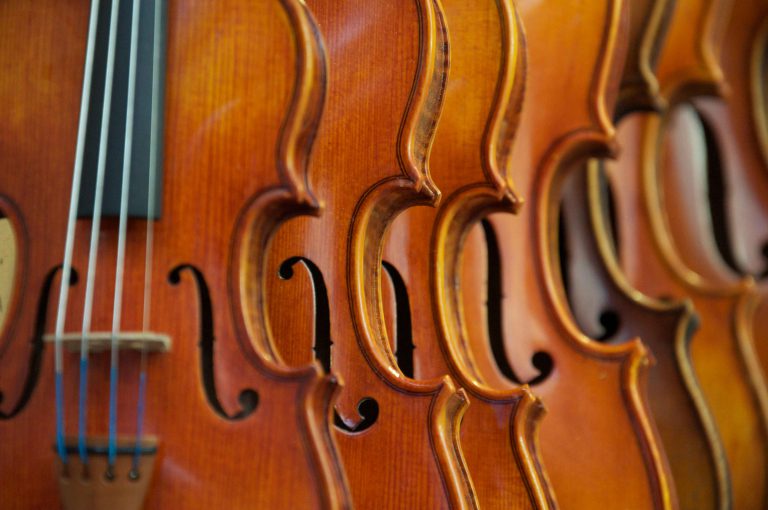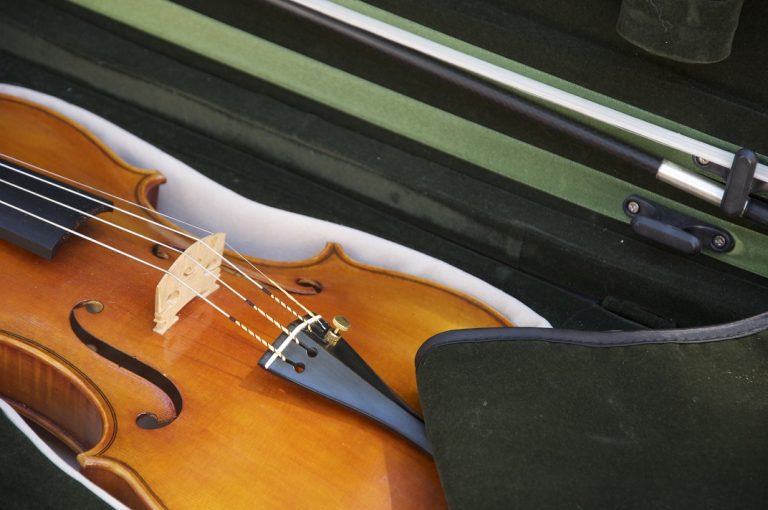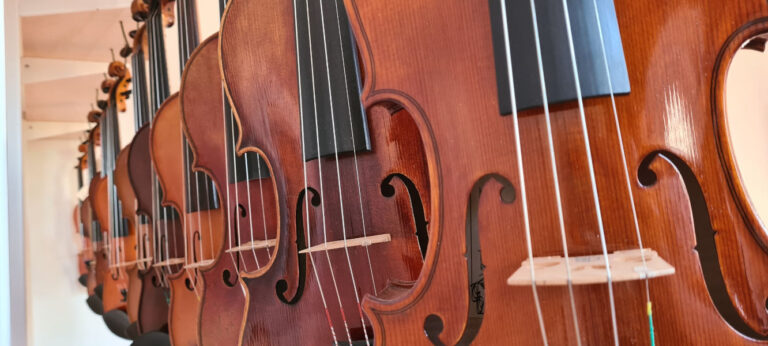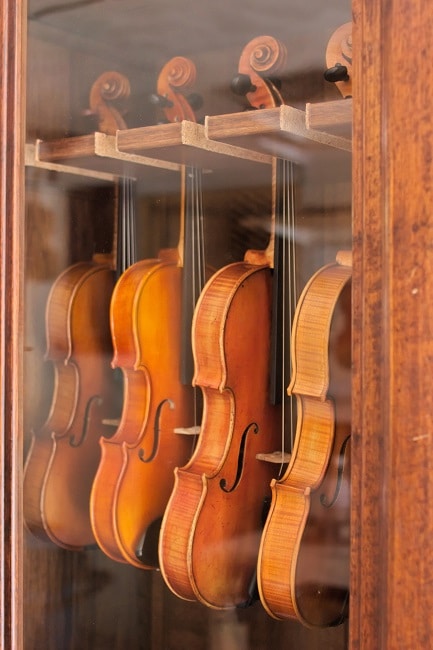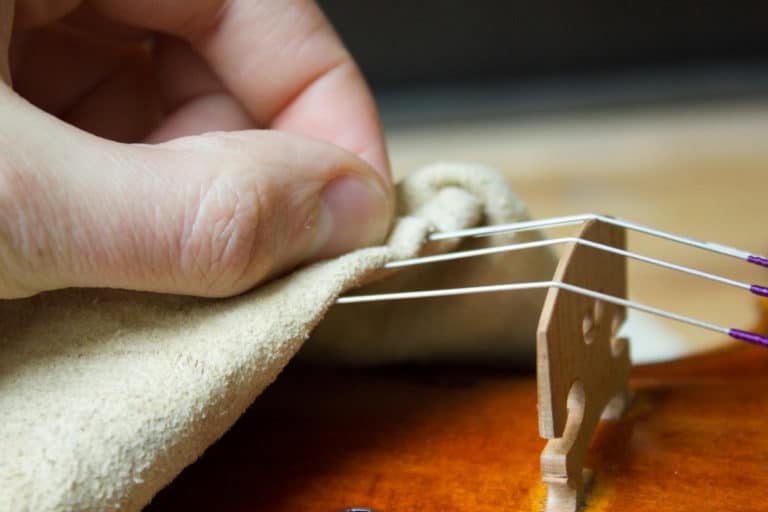As a follow-up to our discussion of the size of bow stringed instruments, here is a reference article for the sizing of bows of violins, violas, cellos, and bass instruments. The aim of this article is not to discuss the inherent quality of the bow, but rather to help you determine what type of bow you have. That way, you will know if your violin bow size is right for you and if not, what size you should look for.
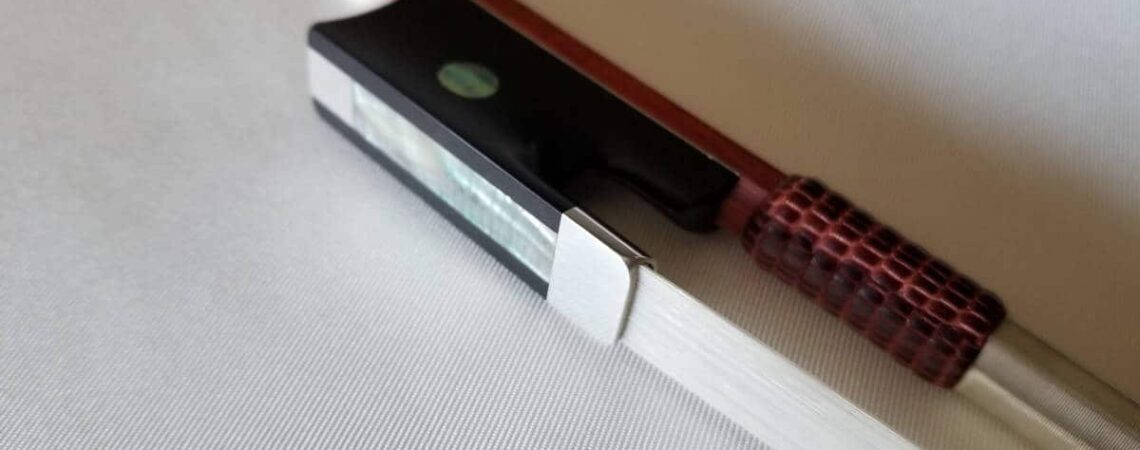
How to measure your bow
First, run a tape measure from the screw to the tip. This will give you the length of the bow. This can either be done with a ribbon or cased tape measure.
To determine the weight of your bow, a basic scale will do the job. However, the scale must be precise enough to show the weight down to the closest gram. To ensure an accurate reading, make sure that the bow is not touching the scale stand.
I know the bow weight – now what?
Even if they are based on the same model, every bow has a different weight, balance and length. In fact, each bow is as unique as the violin, viola, or cello they are made to play on. Since this article’s purpose is not to judge the bows themselves, we will focus in on which lengths and weights are appropriate to be played on any given instrument. Keep in mind that these are average figures. This means they may vary without truly affecting the bow quality. What matters most is that the needs and tastes of each musician are fulfilled.
How to change the weight of a bow
Although it is quite difficult to change the length of your bow, modifying its parts can affect the weight and the balance in various ways. For example:
- The silver winding or nickel silver can vary in thickness. To lighten the bow, a silver-plated silk winding can be used.
- The amount of bow hair used will influence the weight of the bow.
- Weighing some parts or pieces can change the balance of the bow.
The balance of the bow is not relevant to our discussion. I will save it for another article, which will specifically address the topic of bow balance.
Bow size for violins, violas, cellos and basses
You can use these tables to:
- Find the instrument that corresponds to your bow.
- Inversely, find the corresponding bow to the instrument you have.
- Determine if the instrument and bow are a good match.
Violin bow size |
||
|---|---|---|
| Instrument size | Length (in centimeters) | Weight (in grams) |
| 4/4 | 74,5 | 60g |
| 3/4 | 69 | 55g |
| 1/2 | 62 | 49g |
| 1/4 | 55 | 46g |
| 1/8 | 50 | 42g |
| 1/10 | 46 | – |
| 1/16 | 43 | – |
Standard size and weight – these measurements can vary slightly
Viola bow size |
||
|---|---|---|
| Instrument size | Length (in centimeters) | Weight (in grams) |
| 4/4 | 74,5 | 75g |
Standard size and weight – these measurements can vary slightly
For smaller violas, there is no ideal solution. It is recommended to use a violin bow in this case.
Cello bow size |
||
|---|---|---|
| Instrument size | Length (in centimeters) | Weight (in grams) |
| 4/4 | 72,5 | 80 |
| 3/4 | 67 | 74 |
| 1/2 | 63 | 68 |
| 1/4 | 59 | 61 |
| 1/8 | 56 | – |
| 1/10 | 50 | – |
| 1/16 | 48 | – |
Standard size and weight – these measurements can vary slightly
Bass bow size |
||
|---|---|---|
| Instrument size | Length (in centimeters) | Weight (in grams) |
| 4/4 | 70 | 135 |
Standard size and weight – these measurements can vary slightly
Why are there different bow sizes?
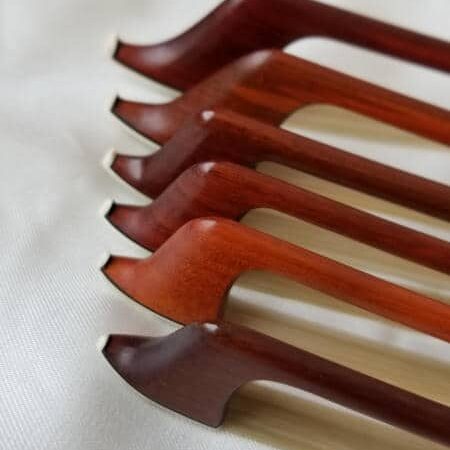
If you study the tables carefully, you may notice that a violin bow is larger than that of a cello or bass. Since violins are smaller instruments, logic would dictate that the bow would be smaller as well. It turns out it’s the exact opposite.
This all comes down to the vibration frequency of strings depending on how high the notes are. The higher the note ( in this case, on a violin), the quicker the string must vibrate to maintain the sound. The bow can thus get in the way of the string, diminishing the sound quality. That is why, on high-pitched instruments, the bow must always move at a quicker pace.
It is for this reason that maintaining a note in one bow stroke without going back and forth on the violin requires a longer bow. That’s when different bow sizes come into play.
For instance, small bows are intended for children. They are designed for corporeal reasons, as they allow even the youngest players develop proper playing techniques.
Find the bow that fits your instrument
To conclude, if you would like your bow to fit the size of your instrument, you should read the article below:
[blog_posts items=”1″ orderby=”date” ids=”2073″]

